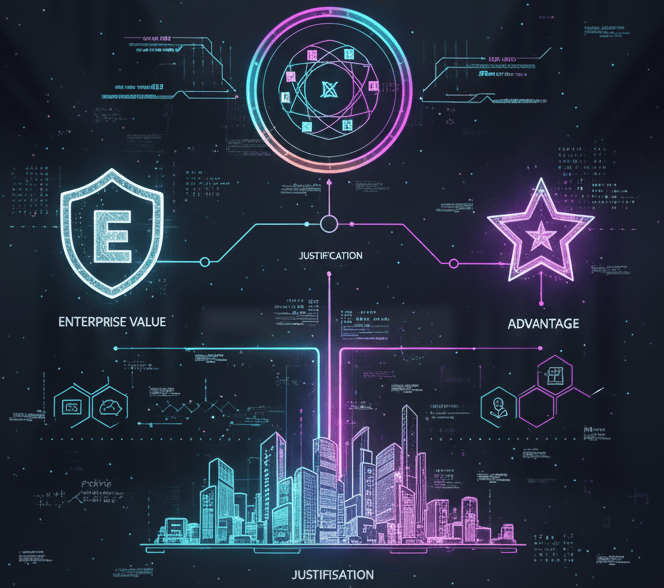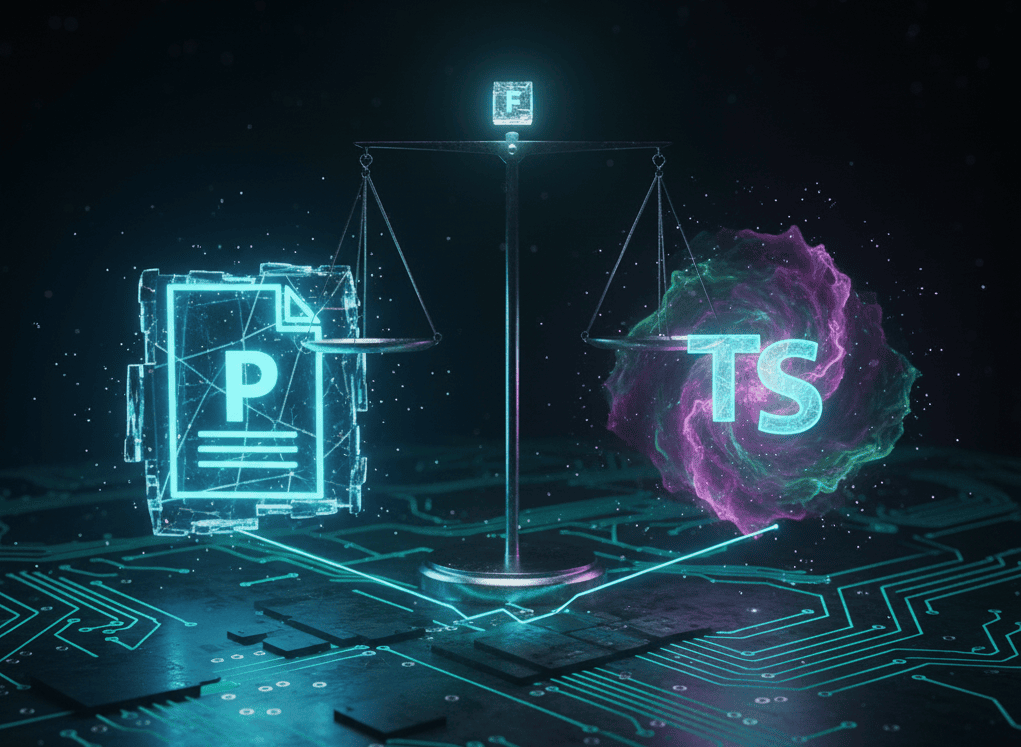The Journal
A 90-Day Onboarding Plan for Integrating Your First Business Executive into a Deeply Scientific Team
Hiring a senior business executive necessitates a strategic 90-day cultural integration mission to unite them with the scientific team.
The text highlights a shift in the quantum technology landscape, focusing on Quantum Key Distribution (QKD) as a commercially viable business model for secure communication rather than computational power.
To successfully pitch to a Chief Product Officer (CPO), focus on the customer problem rather than merely the technology.
Building a quantum computer demands significant investment, often exceeding hundreds of millions.
Preparing for a Quantum Series A fundraising requires deep scrutiny of scientific claims and financial realities.
The journey of developing a quantum sensor culminates in determining the right Go-to-Market (GTM) model.
The post emphasizes the significance of effective post-deal management in strategic alliances, particularly in quantum tech.
Quantum startups face a critical decision between partnering with end-user enterprises or cloud providers.
Investors in quantum ventures should evaluate early-stage monetization strategies as indicators of commercial potential, focusing on intent, strategic partnerships, pragmatic revenue generation, and outcome-based thinking.
Medical imaging traditionally focuses on anatomy, but quantum sensing technology promises to transform diagnostics by providing real-time biological insights.
A Joint Development Agreement (JDA) is crucial for quantum startups, providing market validation and insights while mitigating risks.
To successfully drive commercial traction in complex technological fields, companies should hire a "Physicist-Translator" instead of traditional salespeople.
The article warns deep-tech startups against co-owning intellectual property (IP) with enterprise partners during negotiations.
The success of your pitch to the R&D team contrasts with the CFO's focus on immediate financial concerns like budget allocation and ROI.
Receiving a Letter of Intent marks the start of intense due diligence for startup founders.
In the fourth year of a quantum startup, a pivotal breakthrough looms as the core physicist's equity vests. However, a lucrative offer from a tech giant threatens retention, highlighting the inadequacy of the traditional 4-year vesting model for deep tech.
In the wake of a breakthrough in quantum technology, founders must decide how to protect their innovation, impacting fundraising and valuation.
Quantum startups face a challenging "valley of death," needing more than scientific breakthroughs—they require effective Go-to-Market strategies.
In quantum computing, achieving fault tolerance goes beyond managing qubit errors; it requires a resilient team structure.
To succeed in quantum ventures, founders must prioritize solving specific industry problems over merely identifying potential acquirers.





















